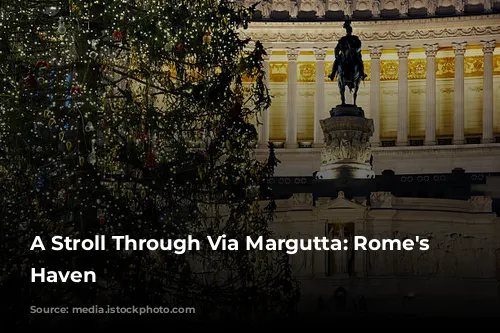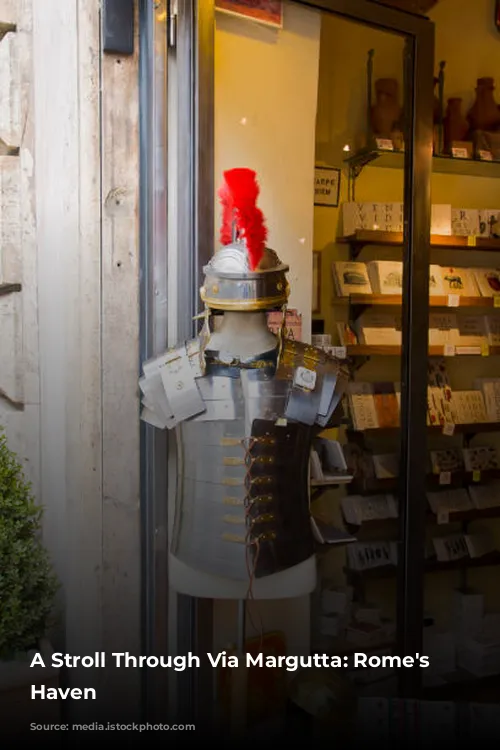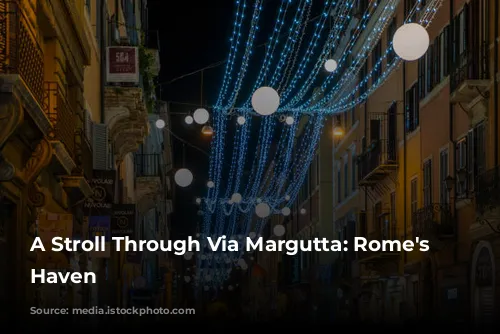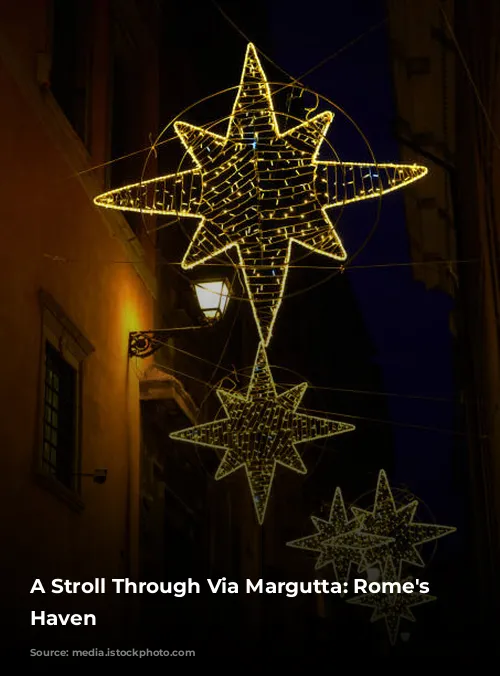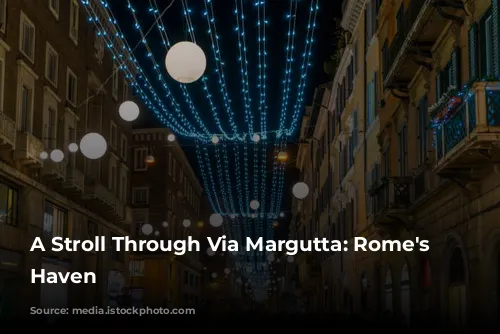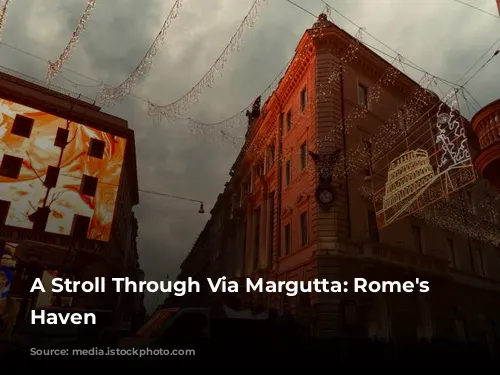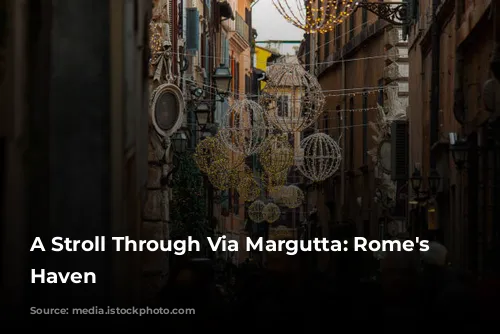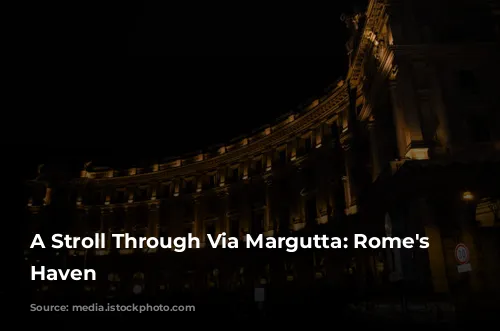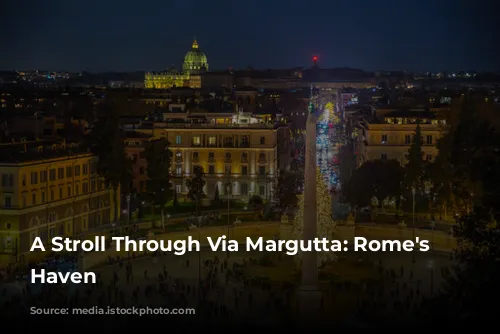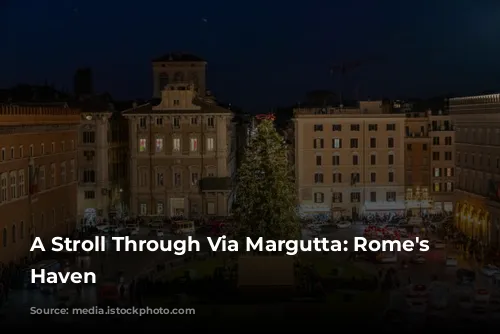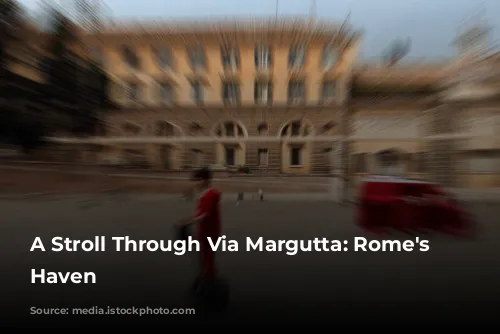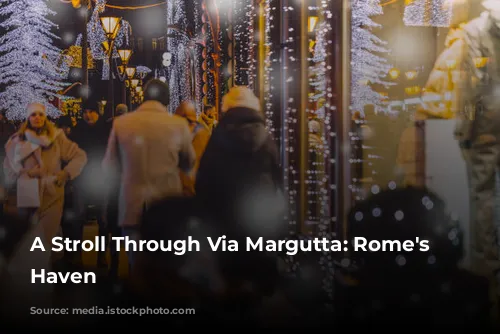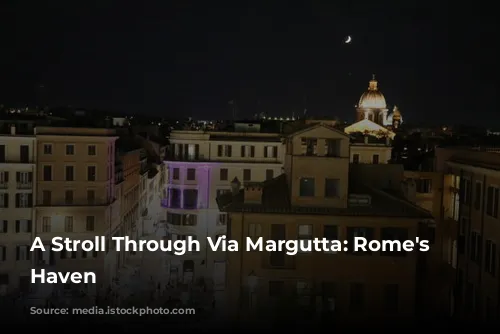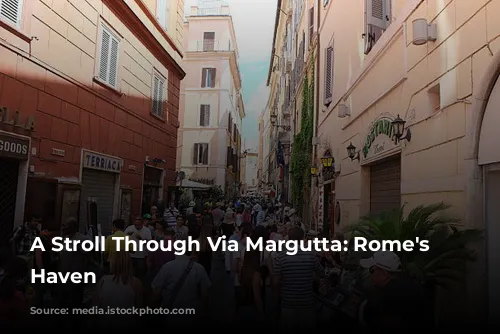Via Margutta, a street in the heart of Rome, may be small, but it packs a punch. It’s a haven of calmness nestled between the bustling Piazza di Spagna and Piazza del Popolo, offering a unique glimpse into the city’s artistic history.
Why visit Via Margutta? This charming street oozes a different vibe compared to the surrounding areas, with its lush parks and gardens, terracotta-colored buildings, and flowing vines and ivy.
A Journey Through Time
Once a dark alleyway, Via Margutta transformed into a haven for artists over the centuries. In the Middle Ages, artists began to move into the area, turning old buildings into their studios and workshops. This artistic influx reached its peak in the 1800s, when foreign painters, writers, composers, and nobility flocked to the area, making it their base in Rome. They were drawn to the city’s rich history and artistic inspiration. As the area flourished, Via Margutta evolved into a proper road with elegant townhouses.
A Modern-Day Stroll
Today, Via Margutta retains its artistic charm, with independent galleries, antique shops, boutique hotels, and quaint restaurants housed in former artists’ studios. Let’s take a virtual walk down this enchanting street, starting from the luxurious Margutta 19 hotel.
The Legacy of Fellini
Stepping outside the hotel, turn right and walk a short distance. At number 110, you’ll find the former home of the legendary Italian film director Federico Fellini. He lived here with his wife, Giulietta Masina, until his death in 1993. Fellini was a beloved member of the Via Margutta community, and his films often featured locations near his home. His favorite hangout spot was the Canova bar in Piazza del Popolo.
A unique plaque outside his home commemorates Fellini and his wife, while a more traditional tribute can be found on Via Veneto, a street immortalized in his 1960 film “La Dolce Vita.”
The Art of Marble
Head back the way you came and walk until you reach number 53b. A small door leads to La Bottega del Marmoraro, a traditional marble workshop established in 1967 by Enrico Fiorentini, now run by his son Sandro. Here you can find authentic Roman souvenirs – marble tablets inscribed with Latin or Italian phrases, or even personalize your own.
Echoes of Roman Holiday
Continuing your walk, you’ll arrive at number 51. Although the entrance is quite plain, it holds a secret for film buffs. This was the address of Gregory Peck’s character’s residence in the 1953 film “Roman Holiday.” This iconic movie not only showcased Via Margutta’s artistic heart, but also infused it with a touch of Hollywood glamour, making it famous worldwide.
Margutta 54: A Home of Artists and Glamour
Just a short distance away, at number 54, you’ll find the historic home of the noble Moncada family, now home to exclusive luxury suites. The beautiful courtyard is surrounded by the family palazzo and converted artists’ studios, which once housed over 1,800 artists, including Pablo Picasso, who spent two months here in 1917. The studios were specially designed with loft windows to provide ample natural light.
During the 1960s, Margutta 54 became a hub of glamour, with renowned photographer Johnny Moncada using the buildings for his fashion shoots. Famous film stars, models, celebrities, and paparazzi flocked to the courtyard daily.
The Fountain of the Artists
Just past Margutta 54, you’ll find the Fontana degli Artisti (Fountain of the Artists). This fountain, designed in 1927 by sculptor Pietro Lombardi, celebrates Via Margutta’s strong connection to the arts. It features two masks, one happy and one sad, representing the ever-changing moods of an artist, crowned with a bucket of paintbrushes.
Beyond Via Margutta: A Glimpse of the “Trident”
Reaching the end of Via Margutta, turn right onto Via Alibert and walk towards the intersection with Via del Babuino. This street, along with Via del Corso and Via di Ripetta, forms the “Trident”, a trio of major thoroughfares that radiate from Piazza del Popolo across the Campo Marzio district.
The Baboon’s Tale: Via del Babuino
Turning right onto Via del Babuino, you’ll find the street’s namesake – a fountain with a statue of Silenus, a mythological creature with the head of a man and the body of a goat. The Romans considered the figure deformed, calling it a baboon (“babuino” in Italian), thus giving the street its name. Behind the fountain lies Café Canova Tadolini, the former studio of renowned sculptor Antonio Canova, left to his pupil Adamo Tadolini. Though now a cafe, the atelier still boasts sculptures, offering a unique dining experience.
Piazza di Spagna: A Final Stop
Turning left on Via del Babuino leads you to Piazza di Spagna, where you can admire the famous Spanish Steps. Models once sought commissions from artists from Via Margutta on these steps. To the right of the staircase stands the Keats-Shelley Memorial House, where the English Romantic poet John Keats took his last breath in 1821. To the left, you’ll find Babington’s Tea Room, a historic haunt of the British gentry who frequented Rome during the Grand Tour.
A Final View and Farewell
For the perfect end to your virtual journey, climb the Spanish Steps and enjoy the breathtaking view of Rome’s rooftops, spires, and domes. Rome Luxury Suites strives to offer visitors a truly unique and memorable experience, sharing their love for the city’s art and history through their social media channels.
To learn more, visit their website or contact them directly at [email protected].
